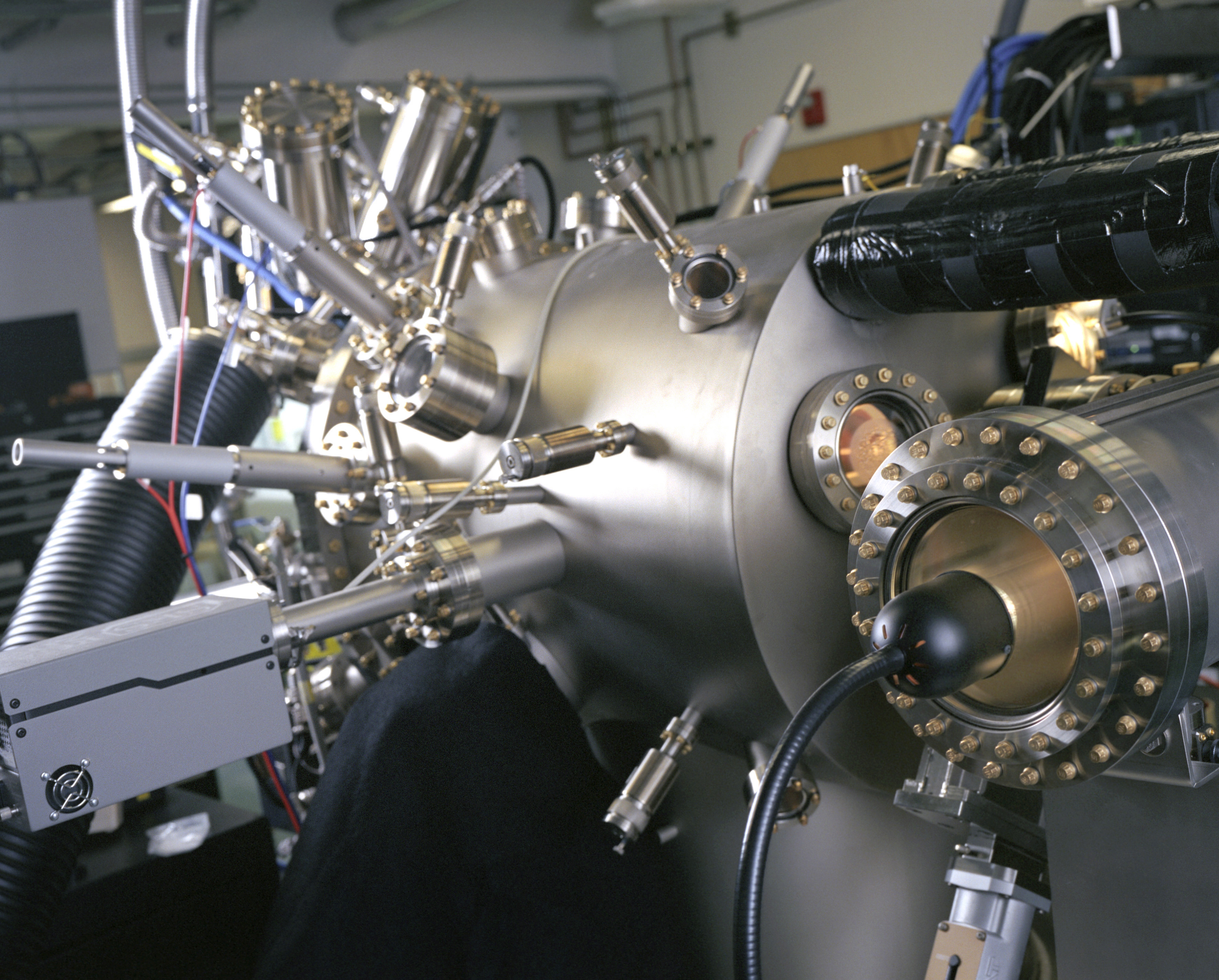Swiss researchers develop plant-based nanomaterials

Scientists have found that short-term exposure to plant-derived cellulose nanofibres - a promising natural alternative to carbon nanotubes - does not harm lung tissue. Cellulose nanofibres could offer a safer and cheaper path to manufacturing strong, lightweight equipment.
Scientists at the University of Fribourg’s Adolphe Merkle Institute (AMI) have tested cellulose nanofibers made from cotton for any adverse impact on lung cells. The cellulose fibres have the same shape and conductivity as carbon nanotubes, but are cheaper to manufacture.
Conventional carbon nanotubes are already being used to make sporting equipment, construction materials and vehicles due to their unique combination of light weight and strength. But they have a big drawback.
“Carbon nanotubes have been shown to induce adverse effects on lungs,” study leader Barbara Rothen-Rutishauser told swissinfo.ch. “Now, we are trying to see if [cellulose-based] materials also induce adverse effects if inhaled, because inhalation is the easiest route for particles to enter the body once they have been released into the environment.”
The cotton nanofibres were tested on a specially developed 3D lung cell system to simulate the surface of the lungs. The results of the study revealed that the fibres were not harmful; the lung cells showed no signs of acute stress or inflammation. In particular, the researchers observed that the cells were better able to break down and eliminate shorter, more flexible fibres than longer ones.
To avoid potential health risks, Rothen-Rutishauser recommends that manufacturers use nanofibres that are short and pliable instead of long and rigid.

In compliance with the JTI standards
More: SWI swissinfo.ch certified by the Journalism Trust Initiative












You can find an overview of ongoing debates with our journalists here . Please join us!
If you want to start a conversation about a topic raised in this article or want to report factual errors, email us at english@swissinfo.ch.